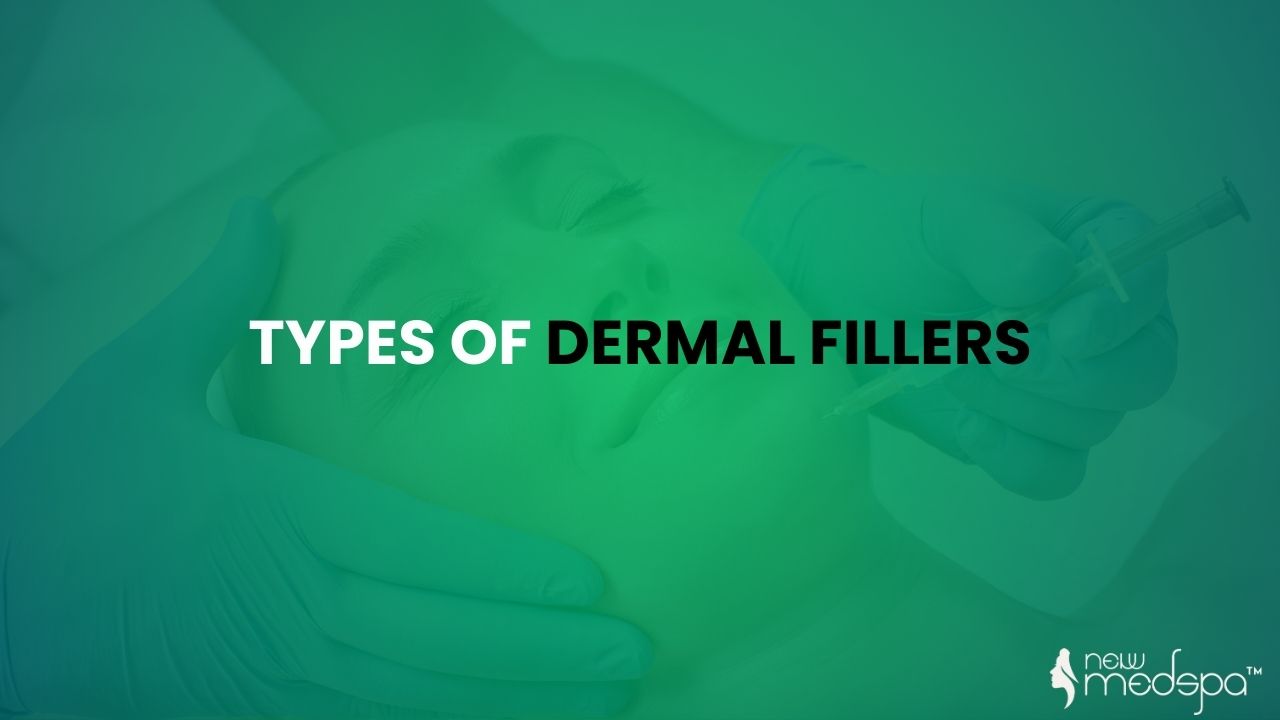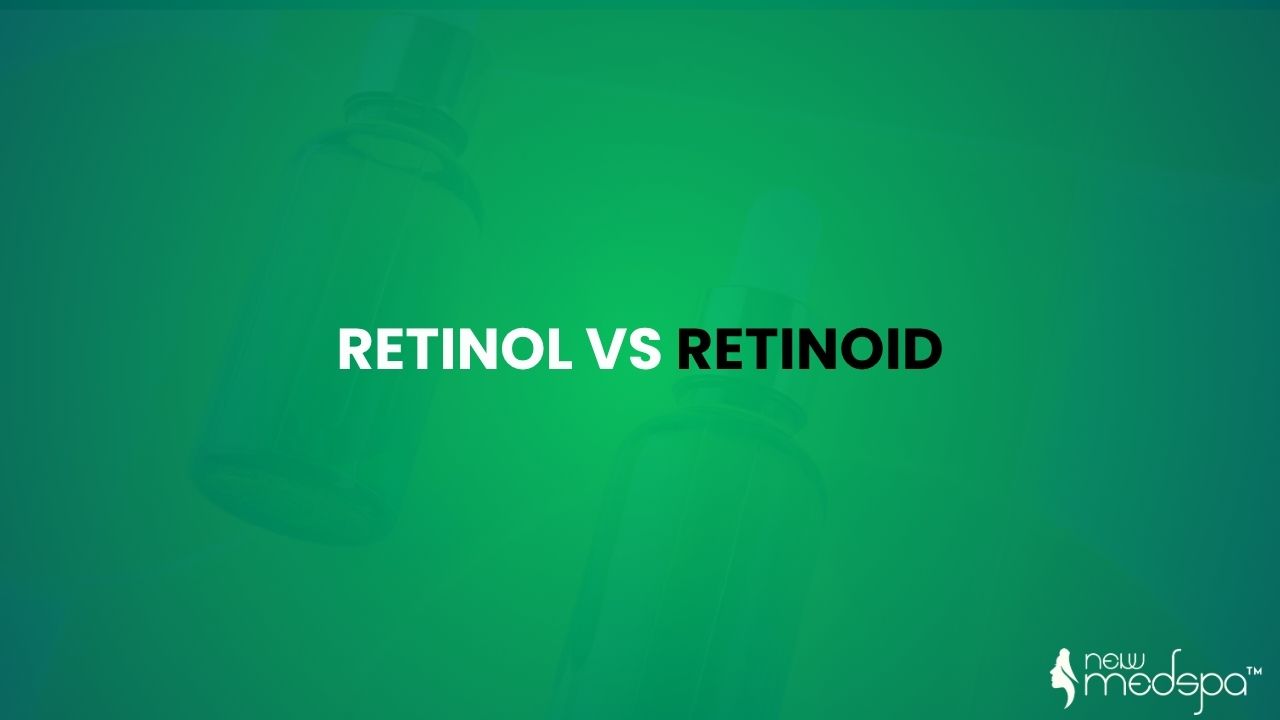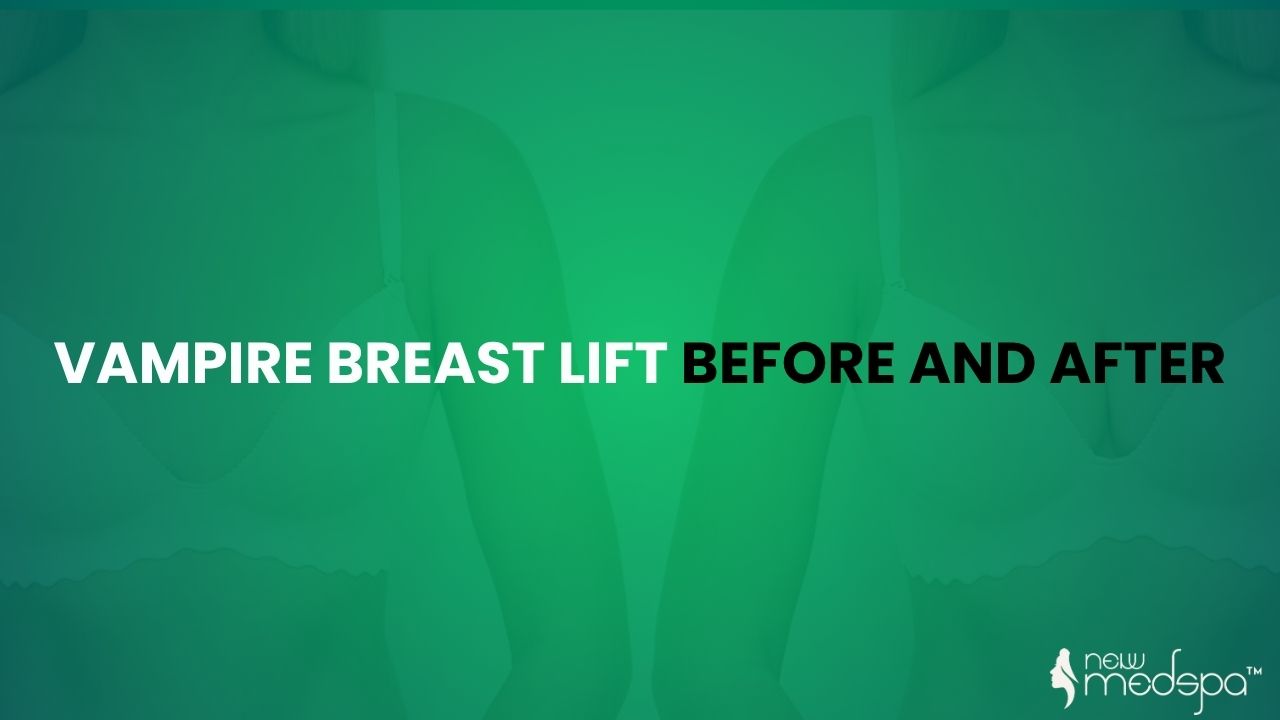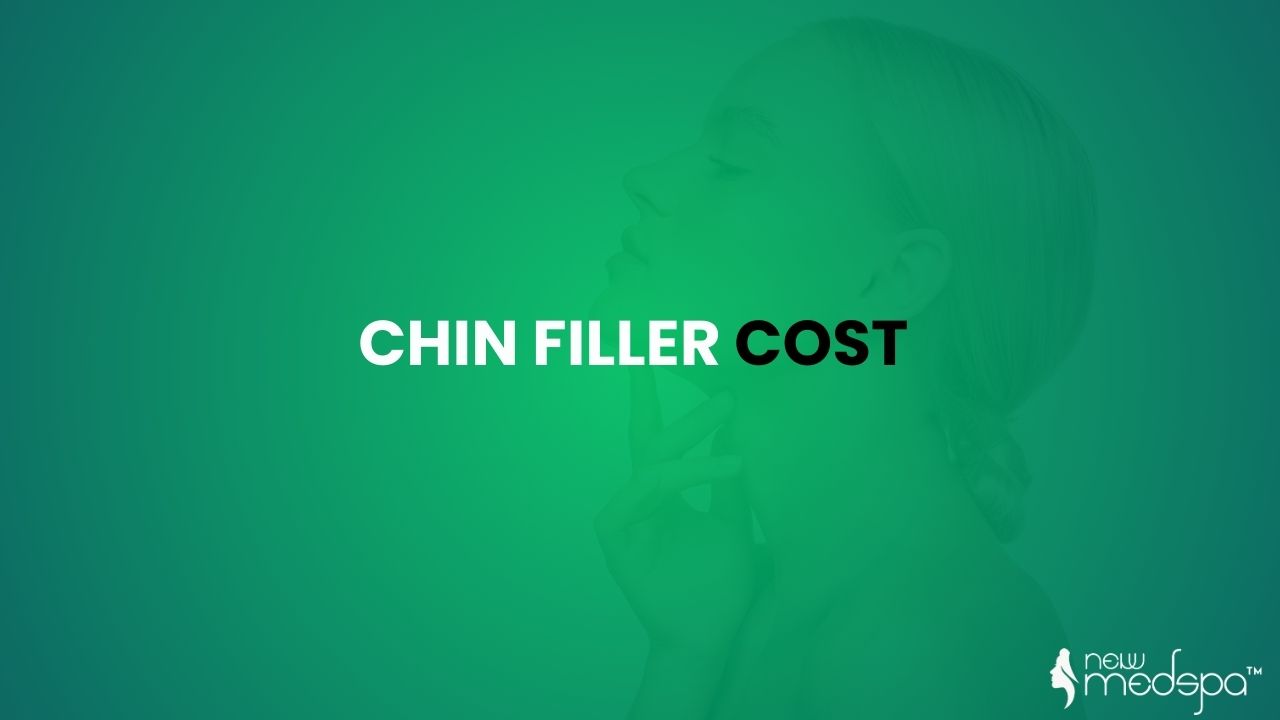Types of dermal fillers provide a non-surgical way to restore lost volume, improve facial contours, and battle age signs. Knowledge of the types of dermal fillers, ingredients, and durability of several fillers can help people to make a wise choice. This blog looks at the many kinds of dermal fillers, their advantages, and their working mechanism.
What Are Dermal Fillers?
Dermal fillers are malleable gel-like compounds meant to give volume, reduce lines, and enhance facial symmetry, injected under the skin. Dermal fillers are very popular in aesthetic medicine. Some fillers have instant volumizing properties, whereas others encourage collagen generation.
7 Types Of Dermal Fillers
There are 7 types of dermal fillers under as follows:
1. Hyaluronic Acid Fillers(HA)
Hyaluronic acid fillers are among the favorite ones. A body’s natural molecule, hyaluronic acid helps to keep elasticity and moisture. Ideal for wrinkle smoothing, lip enhancement, and facial feature contouring, these fillers give fast volume and moisture. With little downtime and instant noticeable results, the process calls for the gel-like material to be injected into specific areas. Since HA fillers are reversible, they are a flexible remedy for people searching for short-term improvements.
2. Calcium Hydroxylapatite Fillers (CaHA)
Designed to give long-term collagen stimulation as well as instant volume, calcium hydroxylapatite fillers have microspheres floated in a silky gel. Being biocompatible and safe for cosmetic treatment, CaHA is present in bones naturally. Deeper wrinkles, facial contouring, and volume loss in the cheeks and jawline are common treatment applications for these fillers. Results are obviously seen immediately and collagen production increases over time; the injection procedure is minimally invasive.
3. Poly-L-lactic Fillers (PLLA)
Poly-L-lactic acid fillers encourage the natural collagen generation of the body. These biodegradable synthetic fillers are great for smoothing deep wrinkles and slowly recovering facial fullness. Given several sessions of injections over multiple sessions, the filler has time to work gradually for a natural-looking enhancement. Whereas HA fillers give immediate results, PLLA enhances skin texture and volume over several months.
4. Polymethylmethacrylate Fillers. (PMMA)
Tiny biocompatible microspheres floating in a collagen-based gel make up the polymethylmethacrylate fillers. Below the skin, these microspheres supply structural support that helps to permanently smooth deep wrinkles and acne scars. The injection technique includes positioning the filler in the desired areas, where it remains to give ongoing support while encouraging collagen generation.
5. Polycaprolactone Fillers (PCL)
Injectables of polycaprolactone fillers are collagen-stimulating ones that improve the skin over both short and long time. These fillers encourage natural collagen regeneration by means of microspheres that slowly dissolve over time. Deep lines, volume loss, and facial contouring are frequently treated with PCL fillers.With time, as collagen output rises, the technique is least invasive and yields better skin that is firmer and more youthful in appearance.
6. Autologous Fat Injections (FAT GRAFTING)
Also known as autologous fat injections, fat grafting offers a natural solution to restoring facial volume. Harvesting fat from the patient’s own body, usually from the abdomen or thighs, purifying it, and then injecting it into regions needing volume improvement is part of this process. Since the filler is based on the patient’s own tissue, there is little chance of rejection or allergic reaction. Fat grafting offers natural-looking results that are long-lasting and can be used to improve the under-eye hollows, lips, and cheeks.
7. Platelet-Rich Plasma (PRP) & Platelet-Rich Fibrin (PRF)
Platelet-Rich Plasma(PRP) & Platelet-Rich Fibrin (PRF) is also one of the types of dermal fillers in this treatment; the patient’s own blood is used in procedures to stimulate skin rejuvenation and tissue regeneration. Drawing a small amount of blood and processing it to split platelets and growth factors start the process. Injected into the skin, this focused plasma helps to boost collagen production, speed healing, and enhance the general quality of the skin. Facial rejuvenation, hair restoration, and scar mitigation are common applications of PRP and PRF. Since they use the body’s own biological material, these therapies provide natural improvement with little danger.
Comparing Longevity of Dermal Fillers
| Filler Type | Longevity |
| Hyaluronic Acid (HA) | 6-18 months |
| Calcium Hydroxylapatite (CaHA) | 12-18 months |
| Poly-L-Lactic Acid (PLLA) | 2+ years |
| Polymethylmethacrylate (PMMA) | 5+ years (semi-permanent) |
| Autologous Fat Injections | Permanent (with variability) |
| platelet-Rich Plasma | 6 to 18 months |
| Polycaprolactone (PCL) Fillers | 2 years |
Dermal Fillers By Category
Dermal fillers by categories are given below:
1. Temporary fillers (Lasts 6–18 months)
2. Semi-permanent fillers (Lasts 2–5 years)
3. Permanent fillers (Lasts 5+ years or lifetime)
What to Expect During and After Treatment
- Consultation: Your provider evaluates your face, defines objectives, and chooses a filler.
- Procedure: Topical numbing cream is used as part of the treatment. The filler goes under a sharp needle.
- Aftercare: Stay away from alcohol, workout, and sun exposure for 24 to 48 hours. Apply ice to decrease inflammation.
- Outcomes: instant plumping (for Hyaluronic Acid) or slow development (for fillers stimulating collagen).
Additional Common Questions
Did the dermal filler injections cause pain?
Most dermal fillers already contain lidocaine, a numbing agent, to decrease pain. Alternatively, practitioners often use a topical numbing cream before the procedure. People report feeling mild pressure and sometimes a pinching sensation, but generally experience very little discomfort from any pain.
Are dermal fillers safe?
Definitely, in the hands of a licensed and practiced professional. All hyaluronic acid fillers approved by the FDA carry a good safety record with them. However, complications resulting from lack of sanctioned providers or permanent substances such as silicone can be as serious as infection or severe vascular occlusion.
What Are the Types of Dermal Fillers?
Dermal fillers include:
- Hyaluronic Acid Fillers.
- Calcium Hydroxylapatite Fillers.
- Poly-L-lactic Fillers.
- Polymethylmethacrylate Fillers.
- Polycaprolactone Fillers (PCL)
- Platelet-Rich Plasma (PRP) & Platelet-Rich Fibrin (PRF)
- Autologous Fat Injections (FAT GRAFTING)
What are the after-effects?
Common but temporary side effects of dermal filler injections include:
- Swelling, redness or bruising at the injection site.
- Mild tenderness.
- Though rare, complications can include lumps, asymmetrical features and allergic responses.
Who should not have dermal fillers?
Avoid use of dermal fillers if you:
- Are pregnant or breast-feeding.
- You have a history with severe allergies or autoimmune diseases.
- Have inflammation or skin problems near where the treatment will be conducted.
- Use drugs that thin your blood (may lead to more bruising).
Do only women use fillers?
No. With men using fillers more and more often, filling for small changes. fillers are really helpful for reducing under-eye bags.
Can fillers be used for smokers or older people?
Yes. However, smokers may not heal as quickly and those older cannot survive on refinement alone. Sessions are scheduled, perhaps surgery may follow by the doctor. It all depends upon individual cases.
Are there age restrictions on fillers?
Most providers require patients to be at least 21 years old, though there is no defined upper limit. The focus of care is skin health and personal goals, not age.
Conclusion
Dermal fillers are a flexible, powerful tool for facial refresh. Though success depends on selecting the proper product and provider. Knowing the types of dermal fillers, advantages, and hazards helps you to make an informed choice whether you are looking for dramatic cheek contouring or small lip volume. By seeking advice from a qualified expert which types of dermal fillers is better for you, then be sure to give first place to safety; the aim is improvement, not change.












